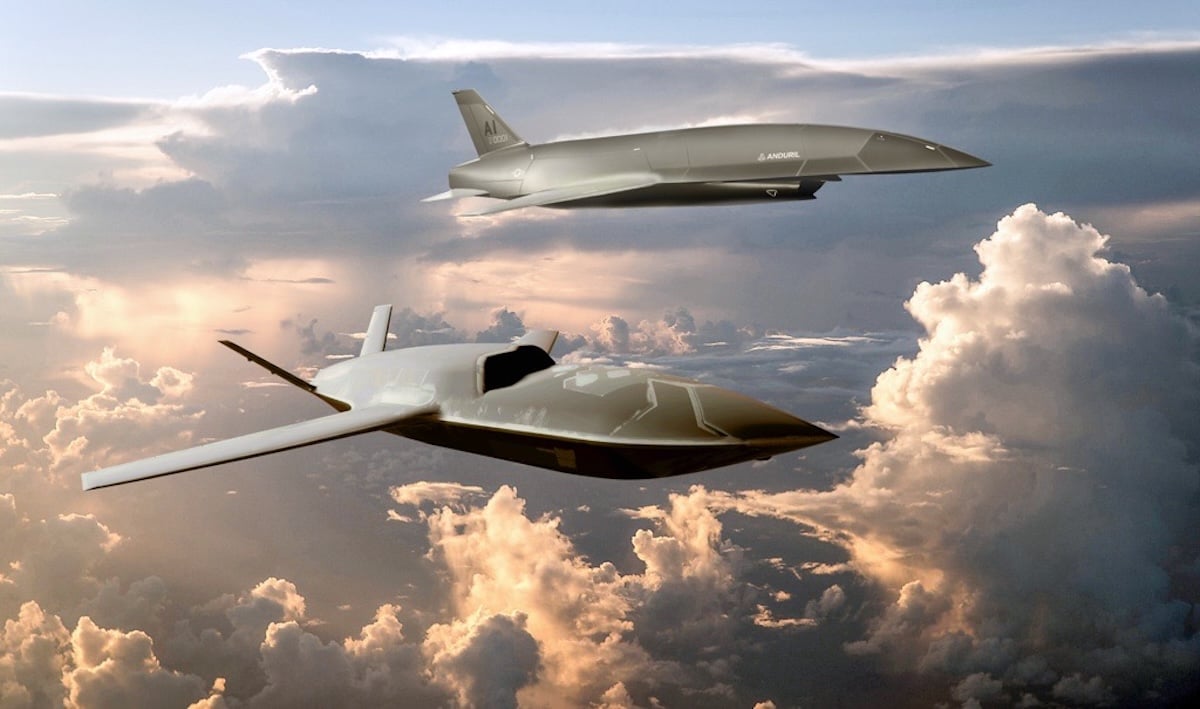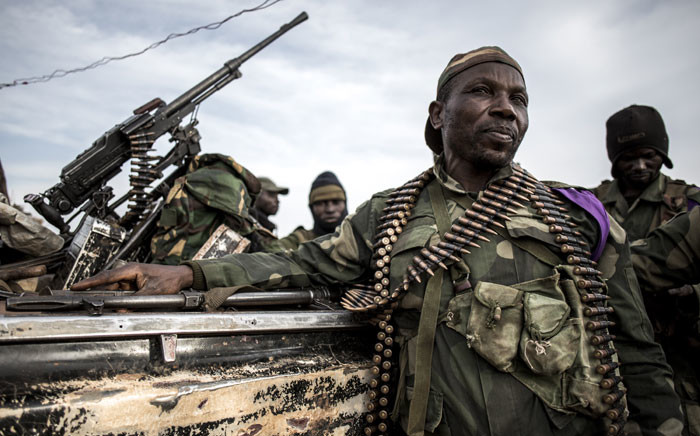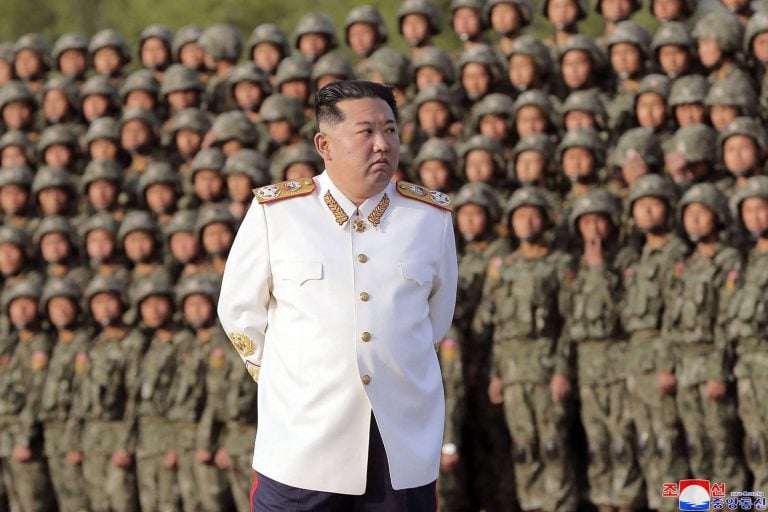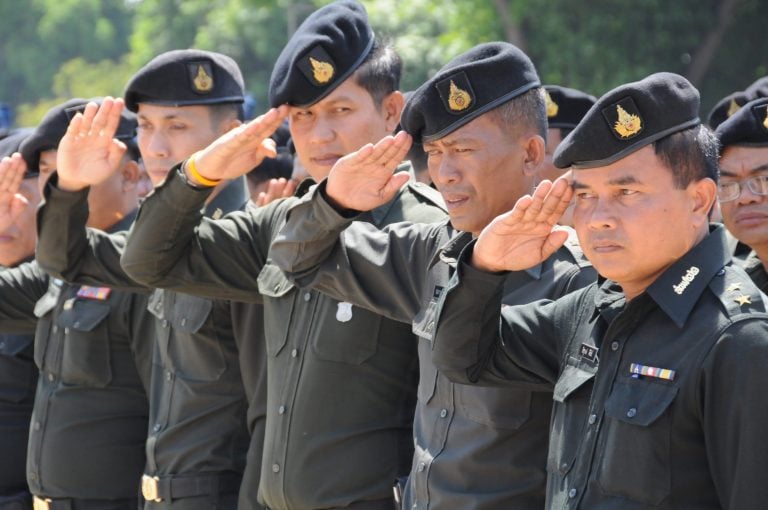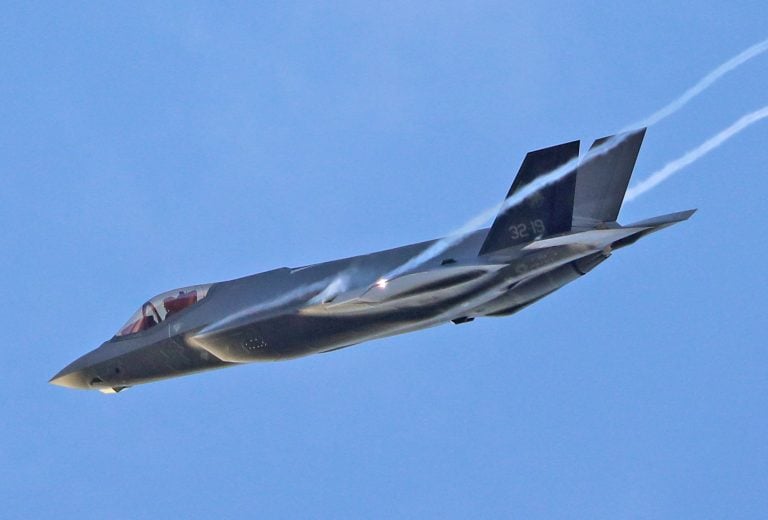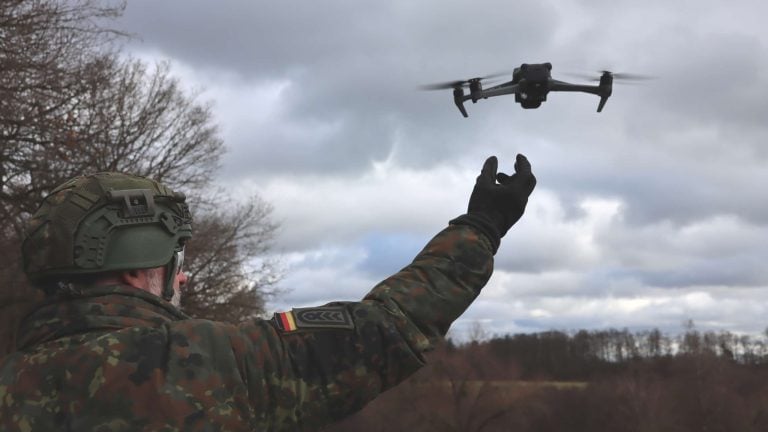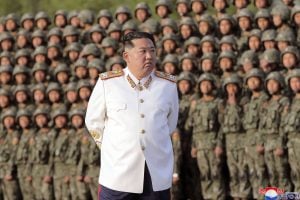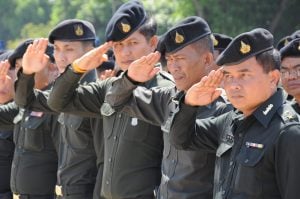The US Air Force has commenced ground testing for two advanced unmanned combat aerial vehicles (UCAVs) as part of the Collaborative Combat Aircraft (CCA) program. The YFQ-42A and YFQ-44A test vehicles are currently undergoing rigorous evaluations focusing on propulsion systems, avionics, autonomy integration, and ground control interfaces. These tests are crucial in preparing the systems for flight trials planned for later this year.
Testing is being conducted at Beale Air Force Base in California, under the oversight of the CCA Aircraft Readiness Unit. The plan is to maintain the aircraft in a flight-ready status while conducting minimal flights, ensuring that they are thoroughly prepared for future operational roles.
General David W. Allvin, Chief of Staff of the US Air Force, emphasized the goal of the CCA program: to deliver a decisive advantage in highly contested environments. He noted that the program is accelerating the introduction of new capabilities through innovative design and acquisition strategies. Both contractors involved in the program are reportedly meeting or exceeding critical milestones, contributing to the overall mission of enhancing readiness and operational dominance.
The CCA initiative aims to develop unmanned systems capable of working alongside piloted aircraft, thereby increasing the operational reach of the Air Force. The YFQ-42A and YFQ-44A prototypes were designated in March as the first CCAs to receive identifiers in the organization’s history.
The YFQ-42A, designed by General Atomics, is engineered to compete with next-generation air dominance fighters. It features a streamlined fuselage and slender wings, enabling it to achieve higher speeds through advanced aerodynamic design. Conversely, the YFQ-44A, developed by Anduril, boasts dimensions about half that of an F-16 Fighting Falcon, featuring trapezoidal wings and a unique tail configuration that includes a single vertical stabilizer and stabilators.
Both UCAVs align with the Air Force’s Next-Generation Air Dominance initiative, which advocates for the domestic production and acquisition of cutting-edge technologies to bolster aerial combat capabilities. This strategic push seeks to ensure that the US Air Force remains at the forefront of global air power advancements.
